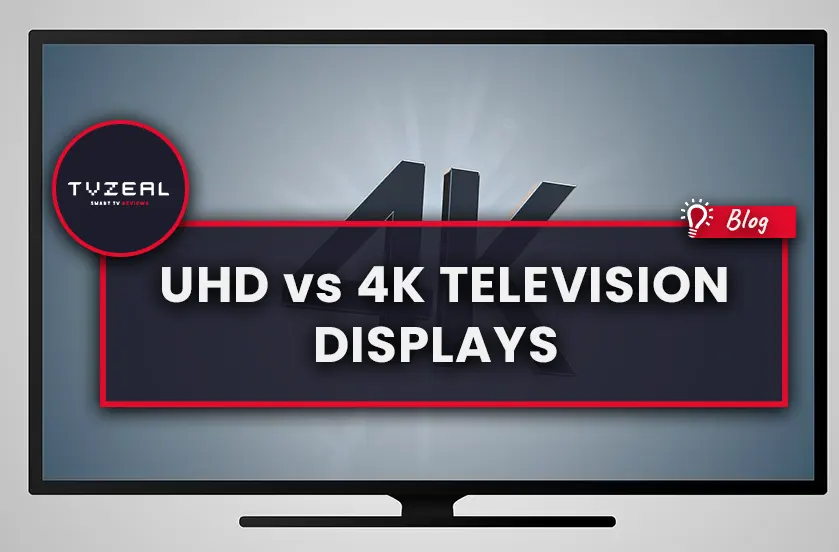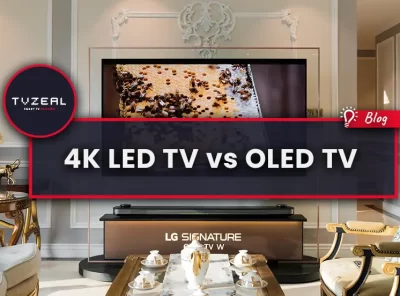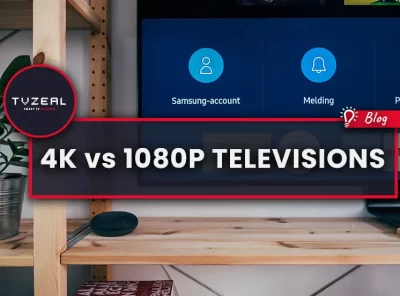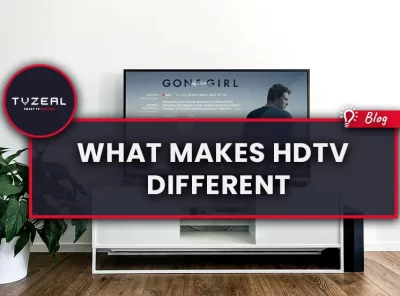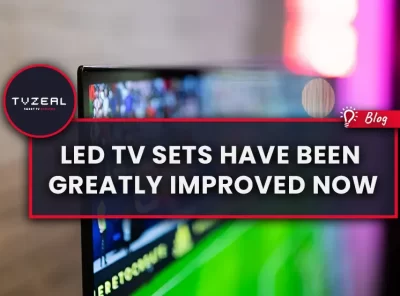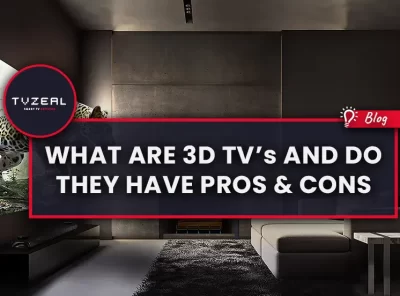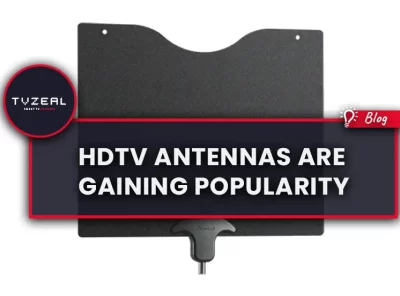UHD vs 4K Television Displays
Remember the time when everyone used to confuse HD, Full HD and 1080p? All these terms were used interchangeably. Similarly, UHD and 4K are the new labels which are baffling everyone. There has been a lot of hype around the term Ultra HD or UHD and not many people are exactly sure why. While UHD is now increasingly being used as a synonym for 4K, technically they are different. If you are in the same boat, read on to understand how these two terms differ.
What is UHD and 4K?
In the simplest terms, UHD is a broadcast standard and a consumer display, and 4K is geared towards professional production and cinema standard. 4K has four times as many pixels as a standard full HD 1080p display; 4,096 by 2160. 4K also sets the standard for how content is to be encoded.
Ultra High Definition, or UHD, is a term which was coined initially for the display of 3840 by 2160. It kicked the HD resolution of 1920 by 1080 up a notch and lies between HD and 4K. Both technologies are used in context of high pixel density video but there are 256 more vertical pixel lines in a 4K picture than in UHD. What really sets the two apart is the fact that a genuine 4K video is wider than most of the TV sets on the market. Despite this major difference, the distinction between the two terms is lost and appears to be the same to the average consumer.
But what about UHD 4K?
For marketing reasons, manufacturers, who full well know the differences between UHD and 4K, are focusing more on the latter and labelling it as 4K UHD. To further complicate this, UHD is classified into two; 3840 by 2160 and 7680 by 4320 (8K) where both are referred to as UHD.
As 4K TVs are becoming more popular, it is perhaps too late to fix this confusion and label TV sets with the proper terminologies. Manufacturers would rather go with 4K or UHD 4K than UHD and 2160p. The real problem is not this however. It is the fact that the content available for 4K is limited and broadcasts are far from reaching it. So far, 4K content is mostly available through streaming services.
4K is here to stay
4K screens reveal the tiniest details, and it is absolutely brilliant. Professional photographers claim that they could distinguish the difference in their work when viewed on a 4K display and UHD display. The extra pixels are simply better.
The high pixel density rate of a 4K set allow the viewer to sit much closer without the structure of the picture becoming visible. This means that now you no longer have to sit close to the TV in order to see the sharp details of 4K, you can comfortably sit where you always do. A thing which you should keep in mind though is that a 4K TV will require an upgrade of screen size for proper utilization.
What 4K content can I watch?
Currently, not a lot. 4K content is still not highly accessible by the general public and is limited to streaming services mostly, the best option being Netflix. Their library of videos which can be streamed in 4K is gradually growing for L8.99 per month. Amazon Prime is the next go-to place for 4K videos and some of them are absolutely free, including some of their original series, although some of them are only available on select sets from Samsung, LG and Sony.
If these services are not available in your area, the internet is here to save the day. YouTube along with some other sites feature 4K content from where you can stream or download files and play them directly on your TV. Physical media is in development for 4K technology. Blu-ray has already established the standard format for 4K and announced it in May 2015 as Ultra HD Blu-ray. Players and discs are expected to be available by the first quarter of 2016.
The importance of HDMI 2.0
HDMI 2.0 is the newest addition to the HDMI term specification. The current HDMI 1.4 standard can transmit 4K video, but it is limited to 30Hz which is 30 frames per second. This works well with most movies but broadcasting giants are trying to integrate higher frame rates for TV.
The best part about HDMI 2.0 is that it increases bandwidth to a maximum 18Gbps and supports 4K at 60 frames per second. No special cables are needed for HDMI 2.0 connectivity – any high-speed cable will get the job done. LG, Panasonic, Sony and Samsung are all onboard this. Brands that are still skeptical about this will simply upgrade when 4K content becomes mainstream.
Is now the right time to buy a 4K set?
It is a smart investment that’s for sure. 4K is absolutely the best technology available in the market right now with all its different terms; 4K, HD 4K And UHD 4K. If your budget allows you and you don’t mind paying extra for its limited content, go for it! The good news is that you will be future proofed for when the content becomes readily available and have the latest set which will be compatible with new formats. The drawback is that for content to be fully available, it will take some time and by the time that happens, prices of 4K sets will be more affordable than what you will pay right now.
Conclusion
There are always a few bumps along the way when new technology comes out, and in this case it is the confusing of these two popular variables UHD and 4K. Both of them mean roughly the same thing and will be used synonymously by all companies and manufacturers. The important thing is knowing how to use it correctly and having compatible content and the right connectors for the best results.

